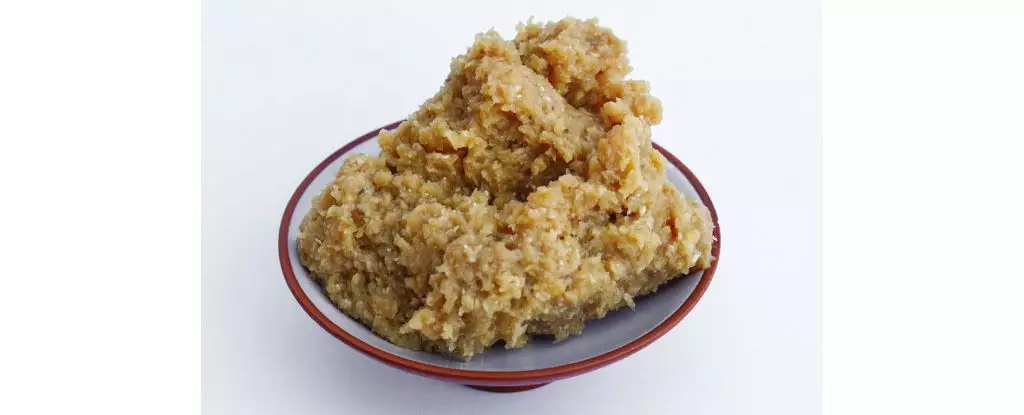In an astonishing intersection of food science and space exploration, a groundbreaking study has ventured beyond Earth’s gravitation to examine how miso, the beloved traditional Japanese condiment, transforms in the unique conditions of the International Space Station (ISS). This initiative reveals not only the intriguing nuances of flavor influenced by microgravity and radiation but also the broader implications for life and sustainability beyond our planet. As we prepare to embark on longer missions into the cosmos, understanding these minute differences in food production becomes critical, not only for our palates but also for our health and well-being in space.
The Great Miso Laboratory Divide
In an experiment conducted by a team of scientists from institutions including MIT and the Technical University of Denmark, batches of miso starter were sent to three different locations: Cambridge, Massachusetts, Copenhagen, Denmark, and the ISS. Each location served as a distinct testing ground for miso fermentation. By closely monitoring environmental factors such as temperature, humidity, and radiation, the researchers meticulously examined how these conditions affected the fermentation process.
Unlike the batches on Earth, which had varied scenarios—one under controlled conditions in a box and another outside of it—the space miso had the distinctive advantage (or rather, the challenge) of fermenting in a microgravity environment. This juxtaposition creates a fascinating parallel that emphasizes how various environments can shape not just food, but the organisms involved in its creation.
Unexpected Flavor Profiles
The results from this experiment were nothing short of revelatory. The miso fermented in space exhibited unique flavor characteristics that set it apart from its Earthly counterparts. While retaining the expected salty umami taste, the space version was described as possessing a nuttier and more roasted flavor. What might cause these intriguing alterations? The researchers propose that higher temperatures and the absence of gravitational forces could accelerate the fermentation process, producing pyrazine compounds inherent in roasted flavors.
These findings may seem trivial at first glance, but they carry profound implications. With space missions on the horizon that extend over prolonged periods, astronauts’ diets will require not just sustenance but also the sensory pleasure of food. This is particularly important since studies have shown that taste perception can diminish in space, altering astronauts’ food preferences and overall satisfaction.
Microbial Revelations From the Cosmos
An integral aspect of this study involved the examination of microbial life that thrived within the varying miso batches. The ISS miso had a distinctive microbial community, characterized by a higher presence of Staphylococcus epidermidis and Staphylococcus warneri, alongside the exclusive appearance of Bacillus velezensis. Such differences imply that microbial life is far from dormant in space and showcases its resilience in adapting to extraterrestrial conditions.
This raises significant bioethical questions about transporting Earth’s microbes to alien environments and the implications for ecosystems both here and elsewhere. We must carefully consider how humanity’s actions in space could inadvertently alter life forms and ecosystems that may have evolved for eons in isolation.
The Intersection of Science and Society
The implications of these findings extend beyond microbiology and culinary art. As Joshua Evans from the Technical University of Denmark states, combining disciplines like flavor chemistry, microbiology, and sensory science creates a multi-faceted understanding of food in outer space. This holistic approach is crucial for preparing for future deep-space missions, ensuring astronauts are not just fed—but that they’re also mentally and emotionally nourished during long stints away from Earth.
This cosmic culinary experiment serves as a microcosm of larger societal questions: How do we sustain life in environments we have yet to fully understand? As we look to the stars, the answers may lie in the simplest of items we consume—like miso. It’s an unsettling yet exhilarating reminder that even in space, the flavors of life continue to evolve, hinting at a future where dining among the stars is as intricate and nuanced as it is on our home planet.


Leave a Reply